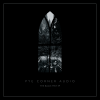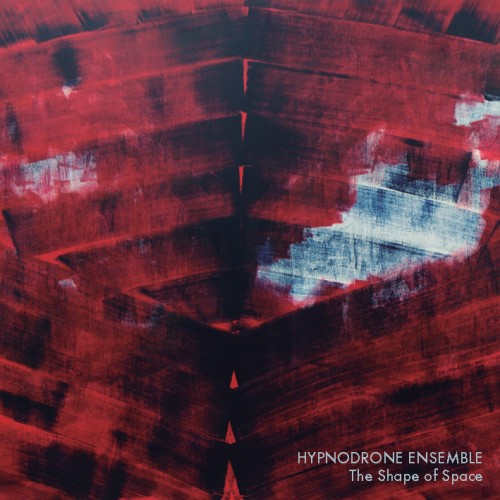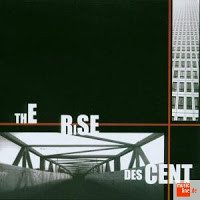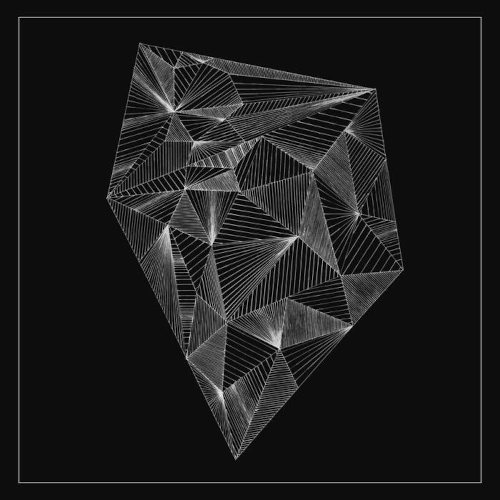 Martin Jenkins is a force of nature, releasing mountains of cassettes, EPs, 12″s, and free downloads since the inception of the Pye Corner Audio Transcription Services moniker in 2010. He’s the closest thing we have to a poster boy for the current state of the hauntological current, giving us an insight into its present, and a possible trajectory for the future.
Martin Jenkins is a force of nature, releasing mountains of cassettes, EPs, 12″s, and free downloads since the inception of the Pye Corner Audio Transcription Services moniker in 2010. He’s the closest thing we have to a poster boy for the current state of the hauntological current, giving us an insight into its present, and a possible trajectory for the future.
This slight EP from Front & Follow is an elaboration on PCA’s track for their much-lauded The Outer Church compilation, which could be seen as a hauntological state-of-the-union address. For those that missed that essential transmission, here’s a chance to hear your favorite technician’s contribution in an elaborated form, packed with two essential addendums, the dirge-like technoid disco of “Bulk Erase” and a knackered remix from Old Apparatus.
The long version of “The Black Mist” is the perfect mixture of techno trance futurism and radiophonica retrodelica. A pulsing, relentless machine bass line meets solid, powerful beats, as anti-gravity oscillators open a jump tunnel and heads for points unknown. “The Black Mist” and Pye Corner Audio’s work is essential, even though Jenkins takes a lot of flak for the fact that he has updated the original scope and focus of the hauntology put forth by Ghost Box Records, which focused on an indeterminate era of strange British culture, roughly between 1957 –1977, where they felt the oddity began to subside. Jenkins expands the era by a few years, say to maybe 1985 or so, and bringing in early electro and techno influences as well as an era of cheap and charming wyrd sci-fi, like The Nightmare Man and Sapphire And Steel. This slightly takes the edge off the bittersweet nostalgia of the first (or second wave?) of hauntology, and seems to suggest that there may in fact be a future after all.Jenkins also rips the capstone off of the rather generic Radiophonic tag — which too many people use as short-hand for “sounds like Doctor Who” rather then prying deeper and realizing that it was just early, crafty, weird and creative electronic music, with the sounds of corks and milk jugs being cut up into industrial, homemade symphonies. Jenkins reminds us that this current never really died, it just went out of the mainstream, as bigger studios moved towards cheaper, and more homogenous, musical tools.
“The Black Mist” is also significant, then, in that Jenkins points out a previously unimagined thread between Delia Derbyshire and Brian Hodgson, and early techno, like Drexciya and Kraftwerk. He reminds us that nearly all early electronic music was hand-made and had a human element to it. His working methodology is also in keeping with a mainstream movement towards live electronic music, as we all get progressively sicker of the vacuity and resignation to the global marketplace of vaporwave and exclusively digital music.For music to be ultimately successful, there has to be an element of surprise, as well as sounding familiar. It’s a fine balance. Jenkins’ material on “The Black Mist” is very clean, very well-produced techno: stately, textured and nuanced. It could be minimal, except the cues and fades are slightly ragged, hand-stitched and lovely. You get the feeling of The Head Technician‘s fingers on the dials, his razor blade on the tape, that gives the sensation of being in the room, watching the magick happen.
Speaking of the uncanny familiar, look at Old Apparatus’ rendition of “Black Mist”. If the original is the sound of launching off into the unknown, OA’s remix is the sound of returning to the atmosphere, perhaps to the world you’ve left behind, or a slipstream version thereof. Your vessel’s scanners pick up signals from the airwaves, as ghostly voices and the fluttering of wings meet powerful pistons and aurora borealis. Perhaps this is what Father Lenar Hoyt heard while descending to the planet Hyperion in Dan Simmon‘s classic sci-fi novel. This meeting of the futuristic and the Eucharist is completed at the end, as the skeletal beat falls apart, subsumed by a disembodied Gregorian chant, like light streaming through the stained-glass window of the beautiful album artwork.Perhaps this slight EP is meant to suggest witnessing a location’s entire, over thousands of years, with some kind of scanner, like the kind Starlord uses in Guardians Of The Galaxy. This is just one possible interpretation, in an infinity of eventualities, which is why I love music so much. It is open-ended, subjective and subject to interpretation. It occurs INSIDE of you. It can be a sci-fi soundtrack, or a chiller thriller horrorscore. Let it be your soundtrack for hovercraft bus rides, or dystopian sci-fi role playing campaigns. Or, of course, an addition to your club night, to play alongside library records and rugged drum’n’bass.
Everything Front & Follow produces is lovely beyond compare and tend to disappear rapidly, so act quickly to possess the luscious 12″ album art. And if you haven’t, make sure to grab The Outer Church compilation, in whatever format you can get it, if you really want to see where electronic music’s coming from — and where it’s heading.
-J Simpson-



